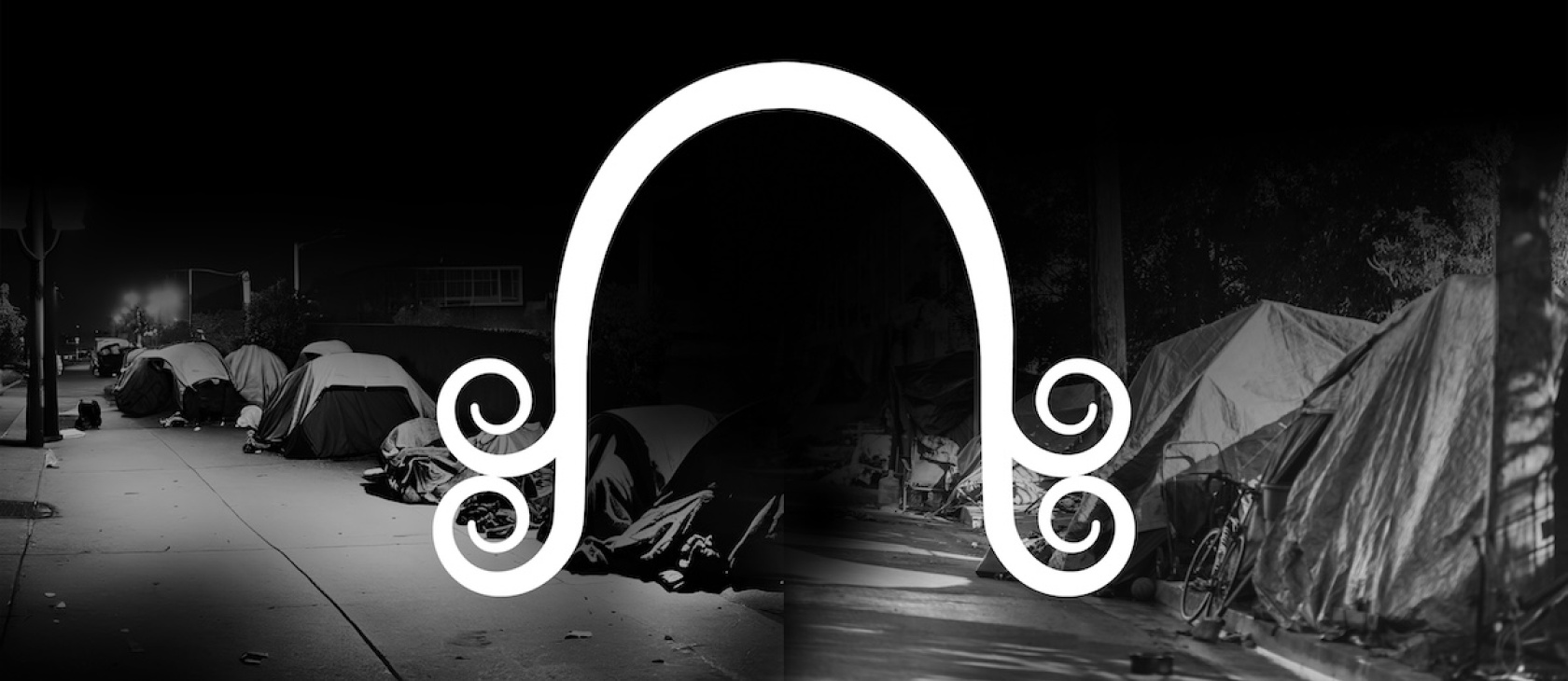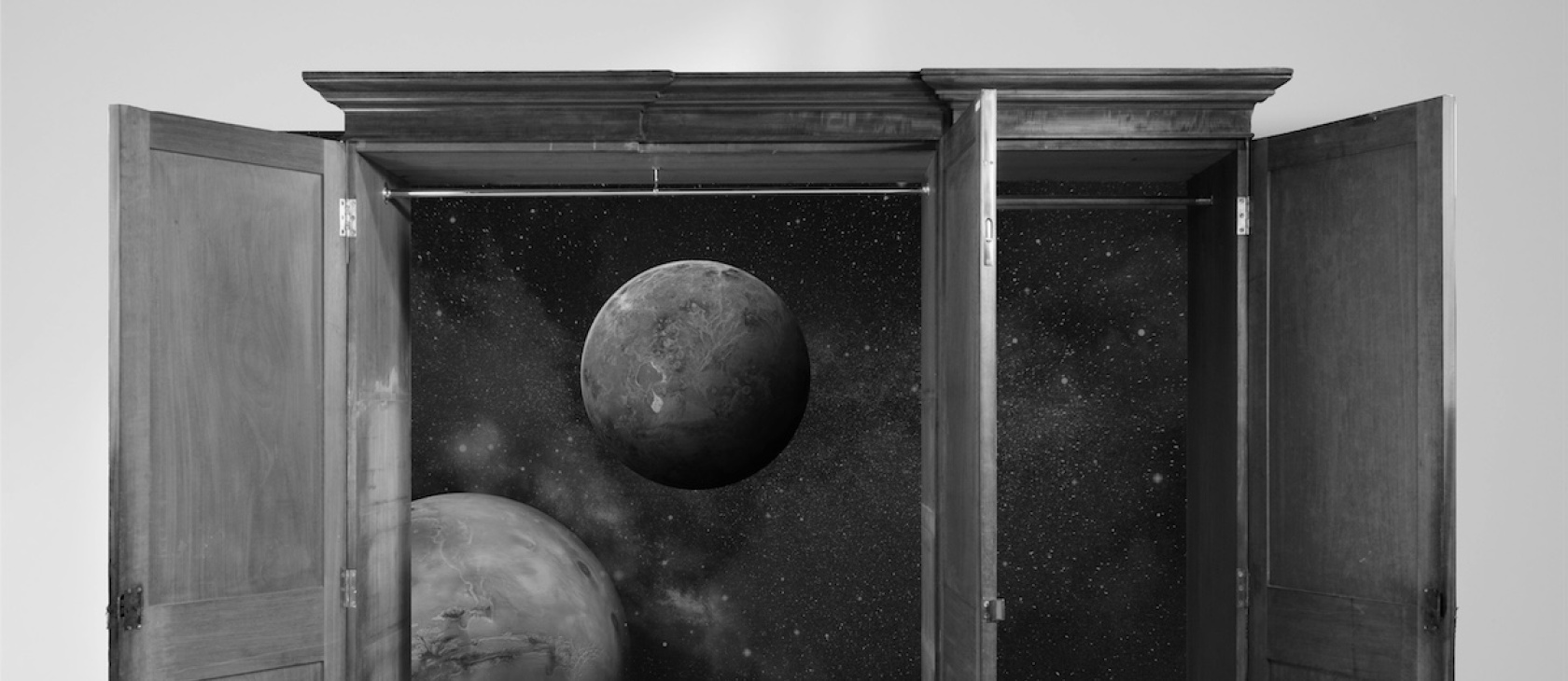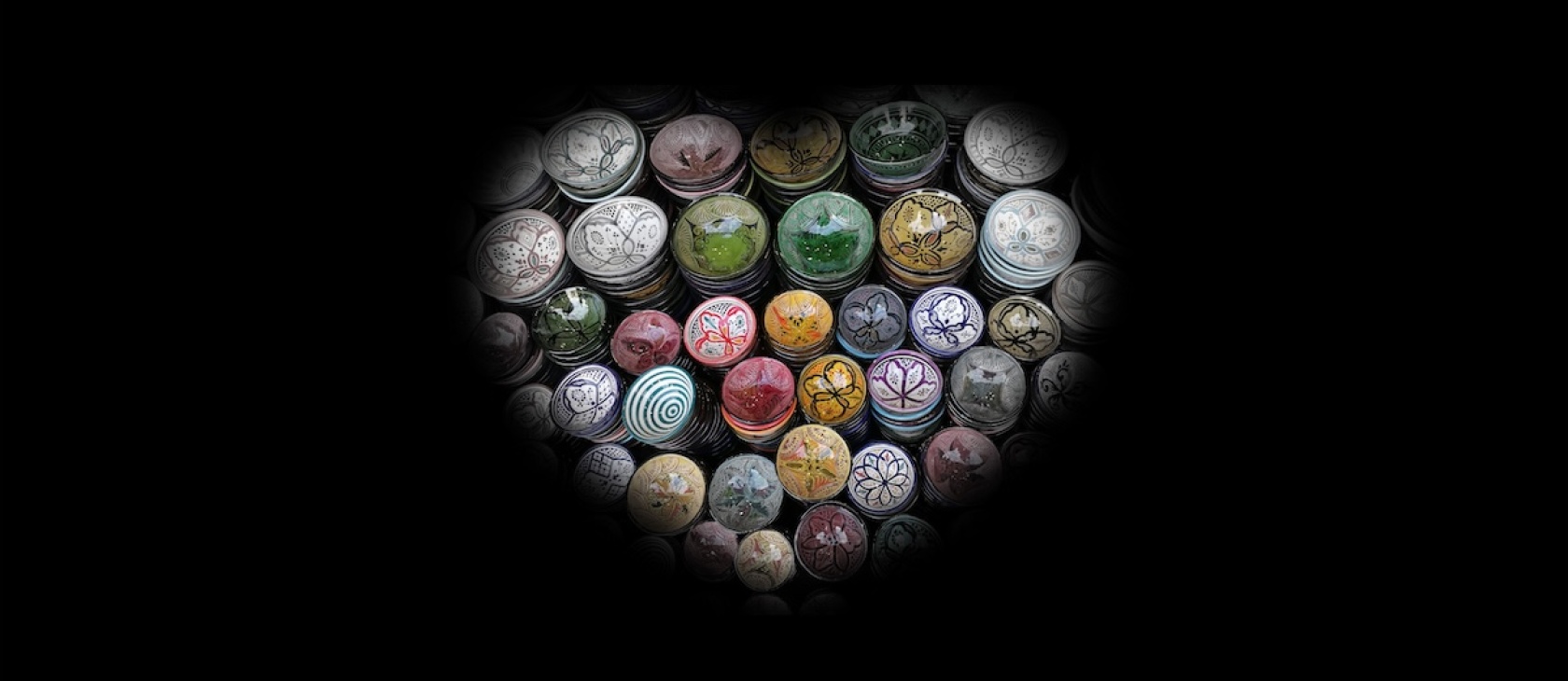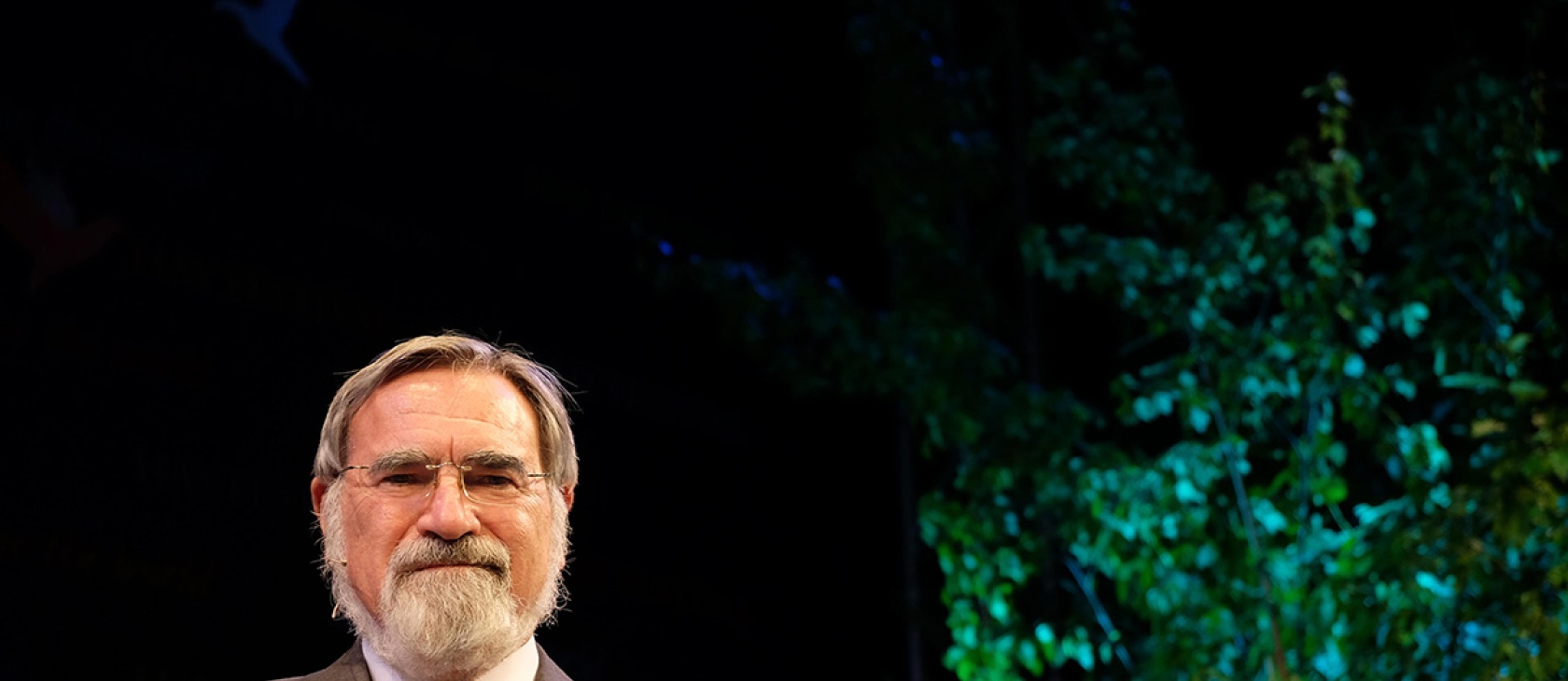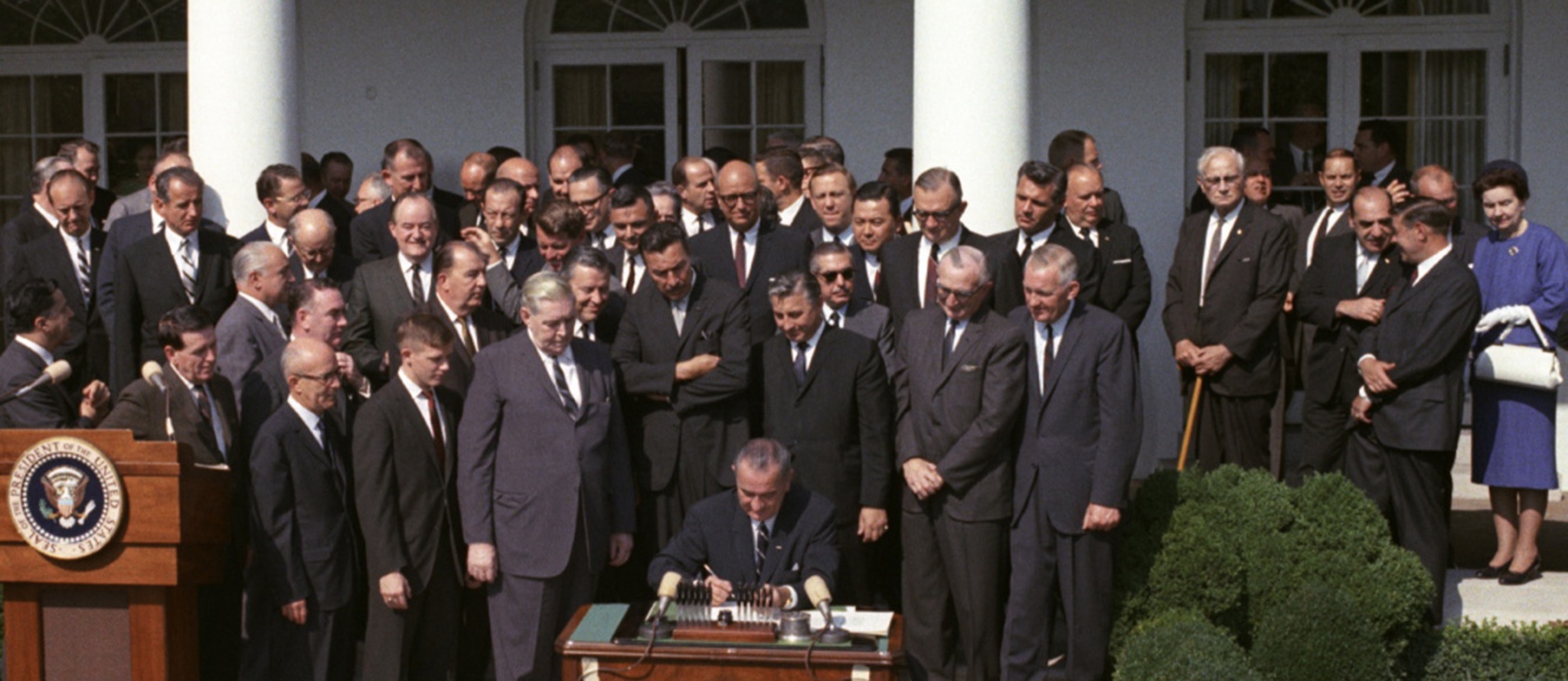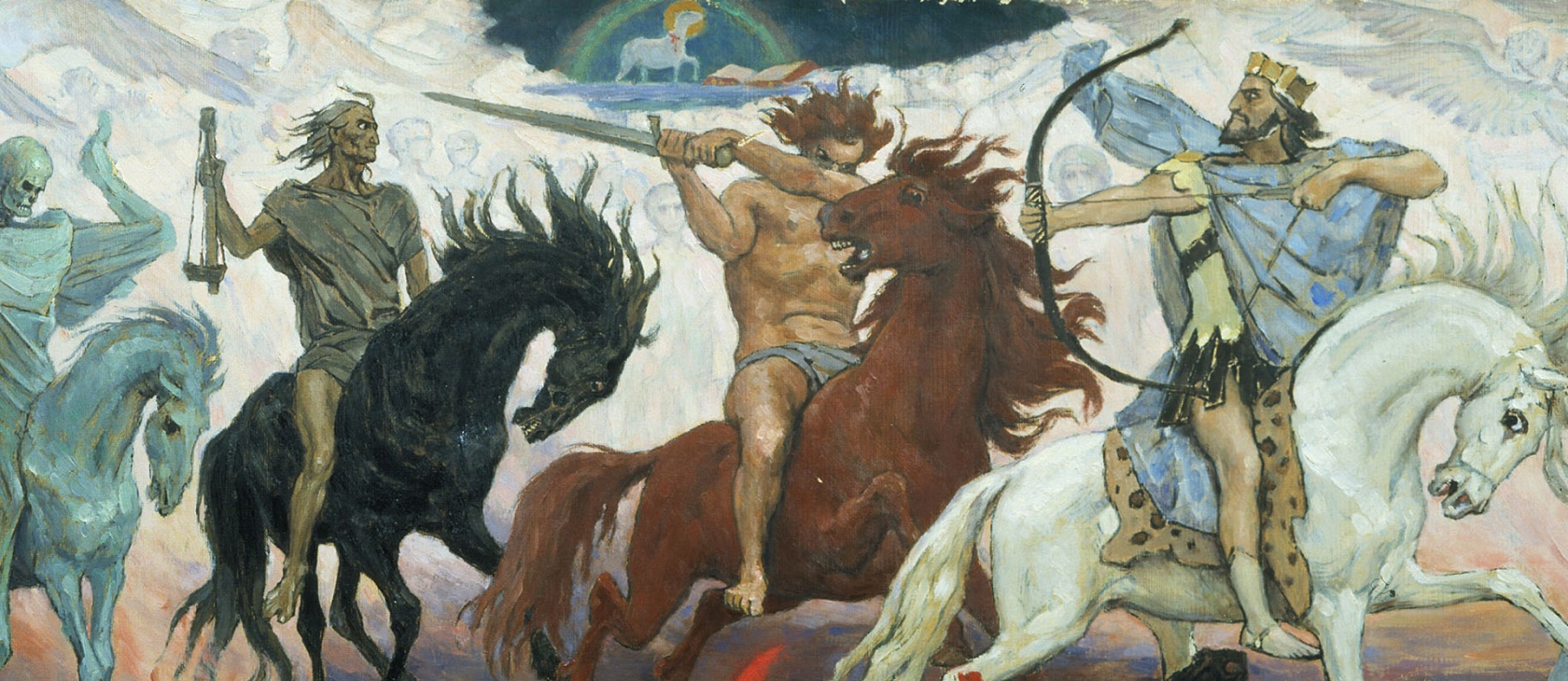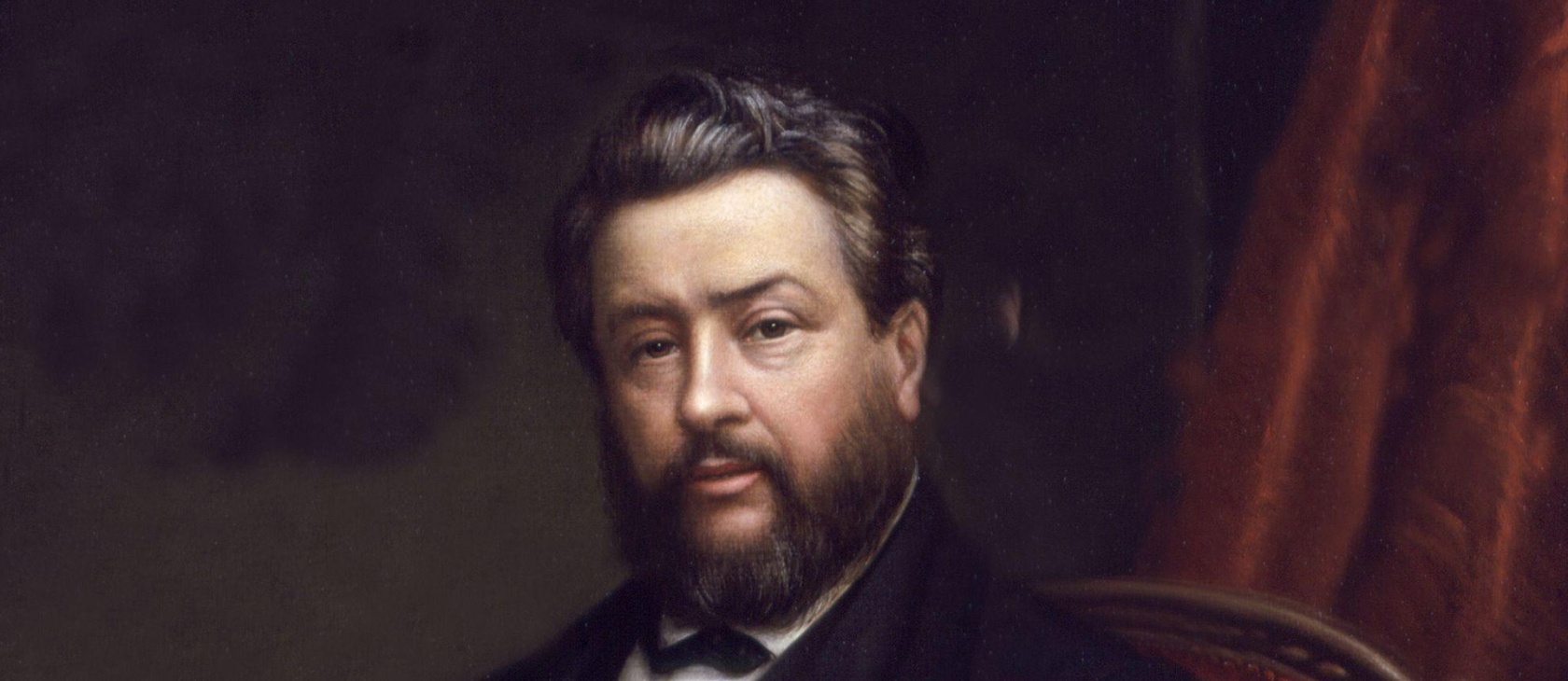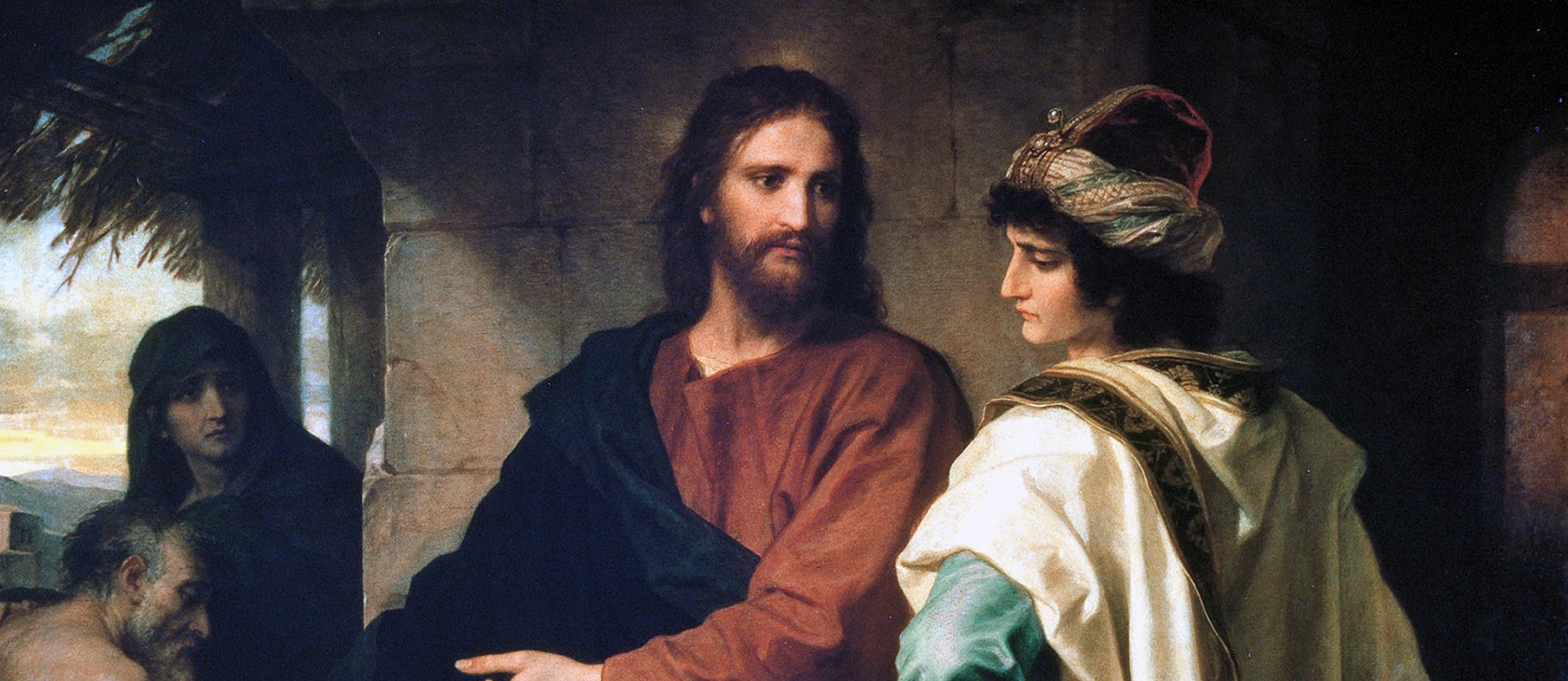


In 2011, the English photojournalist and videographer Tim Hetherington was killed in a mortar attack while covering the Libyan Civil War. His death at age 40 was tragic but not surprising given his penchant for documenting the unpredictable combat of asymmetric warfare. His thoughtful, probing work is the product of deep and extended involvement with the human beings caught up in some of this century’s most dangerous and volatile war zones. Hetherington’s life and work are currently the subject of “Storyteller,” a major exhibition mounted by the Imperial War Museums (IWM) in London, open until September 29. Viewers are in for an emotionally and morally engaging experience.
The immensity of his loss was recognized by the 173rd Airborne Brigade of the US Army with whom Hetherington had been embedded. At his memorial service, unit veterans honored his family and life-partner with two American flags gifted by Senator John McCain. Hetherington had spent fourteen months between 2007 and 2008 engaged with the Second Platoon, Battle Company, Second Battalion, 503rd Infantry Regiment, 173rd Airborne Brigade Combat Team in the Korengal Valley of Afghanistan, documenting not only their mad minutes expended in combat but their hours spent as young men living together in a strange and remote land.

An anti-Gaddafi combatant during the Libyan civil war, April 2011. (Courtesy, IWM) In 2007, Hetherington was awarded the World Press Photo of the Year for his picture of an exhausted US soldier sprawled against a low wall, helmet clasped in one hand, the other hand clutching his brow. The award-winning 2011 documentary film Restrepo also emerged from this period, co-produced with American author and journalist Sebastian Junger, already famous for The Perfect Storm. The two men spent extensive time at the front with the 173rd, sometimes separately, sometimes together. Junger went on to produce a second documentary, Korengal, in 2014 and has referred to Hetherington as his brother, such is the intensity of bonds forged in extremis. After Hetherington’s death, Junger directed a feature length film on his life, entitling it Which Way Is the Front Line from Here?

A sleeping soldier from the United States Armys 173rd Airborne Brigade in Afghanistan’s Korengal Valley. (Courtesy, IWM). Regretting its treatment of Vietnam veterans, the US public expressed support for the soldiers fighting its forever wars in the Middle East. Nonetheless, most Americans spent little time imagining those soldiers’ lives. Moreover, by 2007, attention had turned to Iraq. The soldiers of the 173rd were largely forgotten even as they served. Hetherington’s interest in the full humanity of these young men is as evident in “Storyteller” as it is in Restrepo. The Korengal Valley of Afghanistan was a red-hot zone when he was embedded there. Reportage referred to Korengal as “the most dangerous place on earth” and “the valley of death.” While Hetherington captured remarkable firefight video footage and photographic stills, his work shows a greater emphasis on depicting soldiers in their downtime.
There is a truism that war consists of long stretches of boredom punctuated by moments of sheer terror. “Storyteller” includes a three-screen video and a series of color photographs entitled “Sleeping Soldiers.” The stills capture “the classic time of nothing going on” in a combat zone. The soldiers “look the way their mothers probably remember them,” Hetherington said. The photos show America’s fighting men stripped back down to boyhood, out of their body armor, no longer carrying weapons or other accoutrement of combat.
For Hetherington, embedding was not a matter of being co-opted by authority, but a means to gain trust and develop a deeper, wider understanding of the human context of the war zones.
“GI” was the favored term for ordinary American soldiers fighting WWII, the “Good War,” but this century’s Forever Wars popularized the epithet “boots on the ground” to refer to members of its all-volunteer fighting forces. Hetherington set out to reveal “the subtleties and complexities of their characters” in his work. In “Storytellers,” the “boots” are captured in vulnerable and innocent positions at odds with their tough-guy, death-defying tattoos (the subject of another series of photos). Soldiers wrestle with each other and play fight. One unforgettable photo shows two young men lying cheek-to-cheek, grinning in happy play. In another, a soldier sleeps with his head on a polka-dot pillowcase. The photos remind us that these young men are only a few years removed from similar scenes at summer camps and sleepovers.

Soldiers play fighting from the United States Army’s 173rd Airborne Brigade during a 15-month deployment in the Korengal Valley, Afghanistan, June 2008. (Courtesy, IWM). Hetherington was undoubtedly aware of the enormous political ramifications of the war in Afghanistan. Nonetheless, he declared his storytelling mission in other terms. “I wasn’t trying to say anything about a truth of Afghanistan or the truth of the political realities,” he said. “I was looking at the experience of the American soldiers.” At the heart of that experience is the intense bonding of front-line combat units, styled as philia by J. Glenn Gray in The Warriors: Reflections on Men in Battle. Gray enlisted this classical Greek term for brotherly love and comradeship to capture the intensity of bonding and the ethos of soldiers performing at the tip of the spear.
In both video and stills, Hetherington captures soldiers living in a remote base camp, tussling, wrestling, hugging, mock brawling, competing, and sharing. Hetherington dubbed the Korengal Valley outpost “Man Eden,” reflecting the opportunity created there for philial relationships unavailable back in “the world.” As one young soldier states on camera: “Even the guys you hate, you’d die for.”
The “Sleeping Soldiers” video includes footage of a mission where a brother-in-arms is killed. The corpse of the popular and respected Sergeant Larry Rougle, veteran of six combat tours, is not shown. Instead, Hetherington turns the camera on the unit’s survivors, revealing their shock, grief, and fear. One soldier borders on hysteria. Rather than upbraid him for unmanliness, his superior speaks to him with coaxing tenderness. The unit must regroup, and the leader knows best how to treat each man.
Hetherington’s insistence on long-term involvement with his subjects is evident in his earliest project, “Healing Sport,” also well represented in “Storyteller.” Begun in Liberia in 1999, this series documents ex-combatants efforts to recover from that country’s devastating civil war. Former warfighters, including amputees and erstwhile child-soldiers, sought to channel positive energy through athletic training and competition. They formed soccer teams.
Hetherington has elsewhere photographed the bundle-of-rags, homemade soccer balls that simultaneously reveal Africans’ intense love of the game and the pitiful poverty of its children, who have been known to share a pair of precious cleats, one child wearing the right shoe, another the left. Such photos show one side of Africa. Hetherington was intent on showing other sides. “Healing Sport” transcends stereotypes. Here are grown men, war veterans, wearing proper uniforms and footwear, playing organized games. In a pre-match scene at a soccer game, a referee sits on a bench alongside several players in striped jerseys. He is preparing to insert his stump into an artificial lower leg. All the men sport new cleats. Hetherington shared the veterans’ commitment to the restorative potential of sport, but the photos transcend naïve cheerleading. While team uniforms bespeak unity and common purpose, each African face tells a distinct and nuanced story about war’s consequences.

An amputee about to take to the field for a friendly football match at a war veterans camp situated on the outskirts of Luanda, Angola. (Courtesy, IWM). Hetherington was nearly alone in photographing behind rebel lines in Liberia during the second phase of the Civil War in 2003. There he joined the English journalist and filmmaker James Brabazon who had already gained the confidence of LURD, Liberians United for Reconciliation and Democracy. The two followed LURD’s efforts to overthrow the dictatorial regime of warlord-cum-President Charles Taylor. Hetherington’s concerted effort to understand the rebels and his long-stay commitment to the story earned him a death sentence from Taylor. Here too, Hetherington was interested in capturing more than the combat or gothic imagery too amply produced by this war. One photo shows a beautiful young Liberian woman with a bundle of cassava leaves over her head, an African “fascinator” in time of war.

A market woman brings cassava leaves into the central market area of Tubmanberg, Liberia. May 2003. (Courtesy, IWM) Hetherington also traveled to Sierra Leone, which was besieged by the Revolutionary United Front’s efforts to seize power through violence and terror. There he found some forty thousand internal refugees living inside Freetown’s athletics stadium. Here were refugees who maintained athletic training and competition even as their country descended into chaos and outright barbarism. Inside the stadium, high-jumping and weightlifting; outside, RUF death squads and punitive amputation by machete. As in so much of his war-zone work, Hetherington shows that life pursues its various courses even in the most dire circumstances.A shot taken at the Restrepo camp shows a fatigue-clad American soldier teeing off a golf ball into the mountainous background.There is a consistent effort to show that war zones consist of more than combat, that individual human beings live in them, and that those lives ought to be documented in their fullness.
In the age of point-and-shoot cameras, Hetherington favored photographing on film with camera technology dating back decades. Even while shooting combat photos, he restricted himself to ten-frame rolls of film, using a Rolleiflex box camera with a top-mounted viewfinder or a Mamiya Rangefinder. The resultant necessity to slow down in the heat of battle ensured thoughtful selection and conscious composition. Both Brabazon and Junger remark on the cool-headedness and bravery required for such work.

A self-portrait of Tim Hetherington, taken in Libya, April 2011. (Courtesy, IWM). The old-school methodology of his photography is counterpoised by more avant-garde video productions. “Storyteller” ends with excerpts from his 2010 work “Diary,” which he described as “a highly personal and experimental film that expresses the subjective experience of my work … a kaleidoscope of images that link our Western reality to the seemingly distant worlds we see in the media.” Here, visual and aural connections are made associatively. The mundane world of an ordinary hotel room is juxtaposed with footage of a deserted, burned-out African village. A first-word taxi ride in the rain merges with a ride through the empty streets of a war-zone city. An early morning autumnal idyl in the English countryside segues into a chaotic and disheveled field hospital in Africa. Transcending mere gimmickry, “Diary” not only documents the jarringly disparate worlds that Hetherington lived and worked in, but it also engages the viewer in ethical complexities.
The practice of embedding photographers in a combat zone remains controversial. Critics maintain that dependence on the military (or the favor of guerrilla leaders) fosters bias and hamstrings journalists. But one sees from Hetherington’s earliest work that his freely chosen method was to embed himself. Where others spent a week or two, he spent months. Where others went once or twice, he returned repeatedly, forging the sort of connections with his subjects that yielded intimate pictures. For him, embedding was not a matter of being co-opted by authority, but a means to gain trust and develop a deeper, wider understanding of the human context of the war zones where he risked his life. “Storyteller” shows the work of a humanitarian journalist who brought honor to the word “reporter.”
